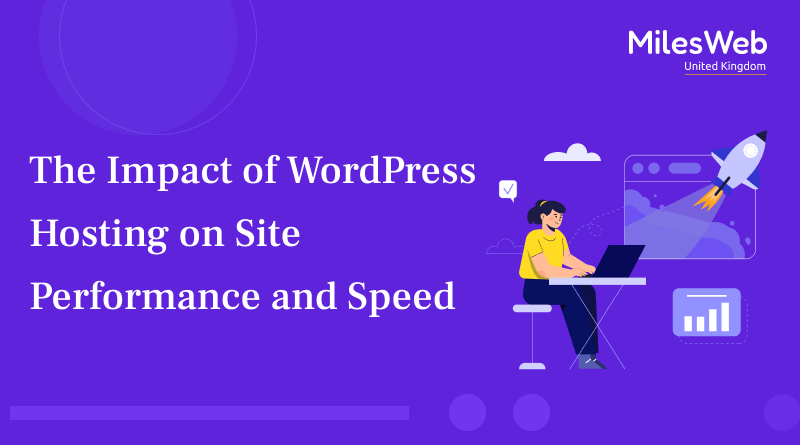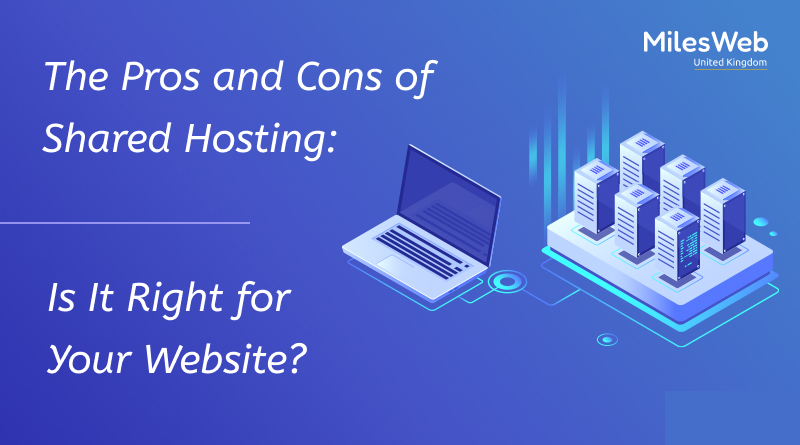In an era where technology drives nearly every aspect of our daily lives, the public sector is increasingly recognizing the potential of digital innovations to transform government operations and enhance service delivery. Leveraging technology to streamline processes, improve transparency, and boost efficiency can significantly improve the relationship between governments and the citizens they serve. One company at the forefront of this transformation in Central America is Grupo Vision. By implementing cutting-edge technological solutions, GV is helping governments become more efficient, transparent, and responsive to the needs of their communities.
The Need for Technological Integration in Public Services
Public services are the backbone of a well-functioning society. They encompass a wide range of essential services, including healthcare, education, transportation, and public safety. However, many government agencies around the world face challenges such as bureaucratic inefficiencies, lack of transparency, and outdated systems that hinder effective service delivery.
Integrating technology into public services addresses these challenges by automating processes, improving data management, and fostering greater accountability. Digital platforms and tools enable governments to deliver services more efficiently, enhance citizen engagement, and build trust through transparency.
Streamlining Administrative Processes
One of the primary ways technology enhances public services is by streamlining administrative processes. Traditional government operations often involve manual paperwork, lengthy approval processes, and fragmented systems that slow down service delivery. By digitizing these processes, governments can significantly reduce administrative burdens and improve overall efficiency.
For instance, digital platforms can automate the processing of permits, licenses, and applications. Citizens can submit documents online, track the status of their requests in real time, and receive notifications when their applications are approved. This reduces the need for in-person visits, minimizes delays, and provides a more convenient experience for citizens.
Moreover, digitized records are easier to store, retrieve, and manage, which reduces the risk of lost or misplaced documents. Government employees can access information quickly, allowing them to respond to inquiries and process requests more efficiently.
Improving Transparency and Accountability
Transparency is a cornerstone of good governance. Citizens need to trust that their government is acting in their best interests and managing resources responsibly. Technology plays a crucial role in promoting transparency and accountability by making information more accessible and processes more visible.
Digital platforms can provide citizens with access to a wealth of information, including budget reports, project updates, and meeting minutes. By making this information readily available online, governments demonstrate their commitment to openness and allow citizens to stay informed about government activities and decisions.
Additionally, technology enables real-time tracking of government projects and expenditures. For example, a digital dashboard can display the progress of infrastructure projects, showing timelines, budgets, and milestones. Citizens can monitor these projects and hold government officials accountable for any delays or cost overruns.
Furthermore, digital platforms can facilitate citizen feedback and participation. Online portals and mobile apps allow citizens to report issues, submit suggestions, and participate in public consultations. This fosters a two-way communication channel between the government and the public, ensuring that citizen voices are heard and considered in decision-making processes.
Enhancing Service Delivery
Technology has the potential to revolutionize the delivery of public services, making them more efficient, accessible, and user-friendly. By leveraging digital tools, governments can better meet the needs of their citizens and improve the overall quality of services.
One area where technology has had a significant impact is healthcare. Digital health records, telemedicine platforms, and online appointment scheduling systems streamline healthcare delivery, reducing wait times and improving patient outcomes. For example, telemedicine allows patients to consult with doctors remotely, eliminating the need for travel and providing access to healthcare services for individuals in remote or underserved areas.
Education is another sector that benefits from technological integration. Online learning platforms, digital classrooms, and e-learning resources enable students to access quality education regardless of their location. These tools support personalized learning, allowing students to learn at their own pace and access a wide range of educational materials.
In public safety, technology enhances the ability of law enforcement agencies to respond to emergencies and manage resources effectively. Digital communication systems, predictive analytics, and real-time data sharing improve coordination and decision-making, ensuring that public safety agencies can respond swiftly and efficiently to incidents.
Case Studies: Grupo Vision’s Impact
Grupo Vision has been a key player in driving technological transformation in public services across Central America. By partnering with government agencies, the company has implemented a range of digital solutions that have significantly improved efficiency and transparency.
1. Digital Platforms for Government Services: GV has developed comprehensive digital platforms that streamline various government services. These platforms enable citizens to access services such as permit applications, bill payments, and public records online. For example, in one municipal government, GV’s platform reduced the processing time for business permits from several weeks to just a few days. This not only improved efficiency but also boosted economic activity by making it easier for businesses to operate.
2. Transparency Initiatives: Transparency is at the core of GV’s mission. The company has implemented digital dashboards that provide real-time information on government projects and expenditures. In one notable project, a city government used GV’s dashboard to track the progress of a major infrastructure project. Citizens could see how funds were being spent, view project milestones, and submit feedback. This level of transparency built trust and allowed the public to hold government officials accountable for the project’s success.
3. Health and Education Solutions: In the healthcare sector, GV has introduced telemedicine platforms that connect patients with healthcare providers remotely. This has been particularly beneficial in rural areas where access to medical facilities is limited. Additionally, GV has supported schools and universities in adopting digital classrooms and online learning tools, ensuring that education continues uninterrupted during disruptions such as the COVID-19 pandemic.
The Future of Technology in Public Services
The future of public services lies in continued technological innovation and integration. Governments must prioritize digital transformation to meet the evolving needs of their citizens and enhance service delivery. Here are some key trends and opportunities for the future:
1. Artificial Intelligence and Machine Learning: AI and machine learning can analyze large volumes of data to identify patterns and trends, enabling governments to make data-driven decisions. For example, AI can predict demand for public services, optimize resource allocation, and identify areas for improvement. Machine learning algorithms can also enhance cybersecurity measures, protecting sensitive government data from cyber threats.
2. Blockchain for Transparency: Blockchain technology offers a secure and transparent way to manage transactions and records. Governments can use blockchain to ensure the integrity of public records, prevent fraud, and enhance trust in government processes. For example, blockchain can be used for secure voting systems, land registry, and supply chain management.
3. Smart Cities: The concept of smart cities involves using technology to improve urban living. IoT devices, sensors, and data analytics can optimize traffic flow, manage energy consumption, and enhance public safety. Governments can leverage smart city technologies to create more efficient, sustainable, and livable urban environments.
Conclusion
Technology is a powerful tool for enhancing public services, improving government efficiency, and fostering transparency. By integrating digital solutions, governments can streamline administrative processes, improve service delivery, and build trust with citizens. Grupo Vision’s efforts in Central America demonstrate the transformative potential of technology in the public sector. As governments continue to embrace digital innovation, the future holds great promise for more efficient, transparent, and responsive public services that better meet the needs of communities.









